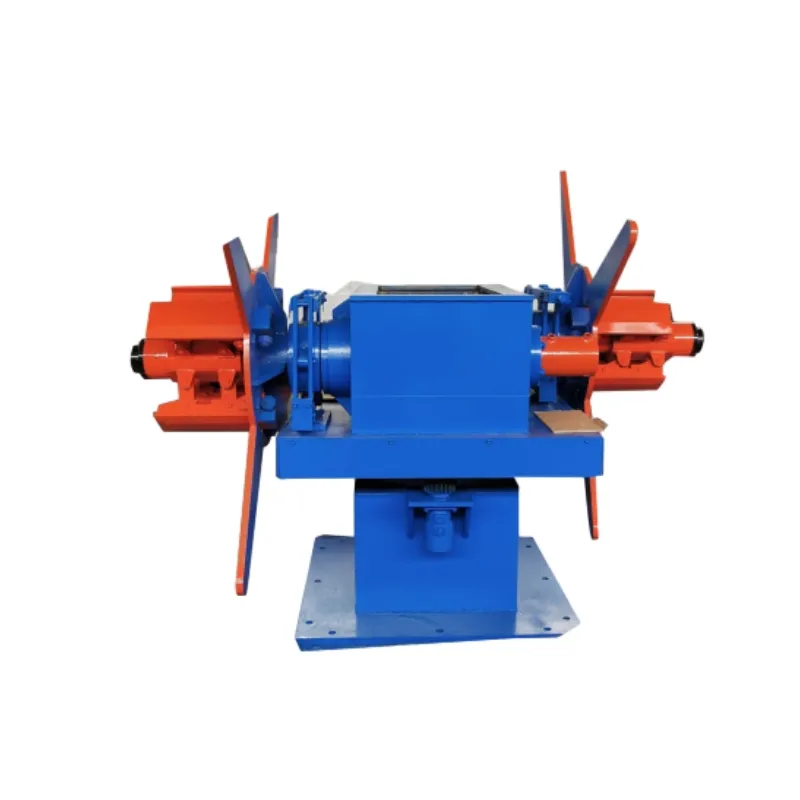Innovation in roll forming technology has led to the development of more efficient and versatile equipment. Manufacturers are now integrating computer-aided design (CAD) and computer numerical control (CNC) systems into their machinery. These technologies enable greater precision in the manufacturing process and reduce human error. Additionally, advancements in materials science have allowed manufacturers to work with a wider range of metals, including high-strength steel and lightweight alloys, expanding the applications for roll-formed products.

Once the roll forming machine is acquired, the operational costs begin to accumulate. These costs include energy consumption, labor, and maintenance. Roll forming machines generally require a significant amount of energy to operate, and businesses must factor in the costs of electricity. Over time, this energy expense can add up, especially in high-volume production environments.
